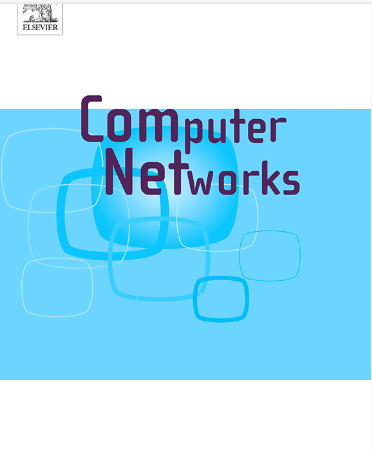Collaborative cloud–edge task scheduling scheme in the networked UAV Internet of Battlefield Things (IoBT) territories based on deep reinforcement learning model
IF 4.4
2区 计算机科学
Q1 COMPUTER SCIENCE, HARDWARE & ARCHITECTURE
引用次数: 0
Abstract
Multiaccess cloud–edge computing (MCEC) represents a burgeoning technology facilitating the delegation of mobile application tasks, especially those demanding swift processing and substantial computational capabilities, to cloud data centers. The intricate maneuvering of unmanned aerial vehicles (UAVs) in interconnected combat cloud systems poses a noteworthy challenge in determining the optimal distribution of task offloading. Uneven task allocation to specific UAVs could result in heightened latency and diminished reliability. We consider combat cloud networks over various regions, each with numerous edge servers that will be connected to different independent UAVs over high-speed links, to handle latency-sensitive and compute-intensive tasks in three possible offloading alternatives: using the nearest edge server, using neighboring edges, and using far-cloud resources. The contribution of this work is a two-step procedure involving reinforcement learning (RL) technique to handle the challenge of cloud–edge servers’ task allocation and to determine the most effective offloading approach that minimizes latency, maximizing reliability. First, it deals with the issues related to task distribution in combat cloud systems, centered on optimizing the balance between latency and reliability in case of task delegation to UAVs. It involves making strategic decisions on when and where tasks can be migrated by considering the mobility of the unmanned aerial systems. The second contribution is based on performing an RL algorithm in a collaborative UAV cluster. Compared with the other two methods, our algorithm improves the latency by about 20%–40% and enhances reliability by about 13%–28% in terms of non-violation of QoS constraints.
求助全文
约1分钟内获得全文
求助全文
来源期刊

Computer Networks
工程技术-电信学
CiteScore
10.80
自引率
3.60%
发文量
434
审稿时长
8.6 months
期刊介绍:
Computer Networks is an international, archival journal providing a publication vehicle for complete coverage of all topics of interest to those involved in the computer communications networking area. The audience includes researchers, managers and operators of networks as well as designers and implementors. The Editorial Board will consider any material for publication that is of interest to those groups.
 求助内容:
求助内容: 应助结果提醒方式:
应助结果提醒方式:


